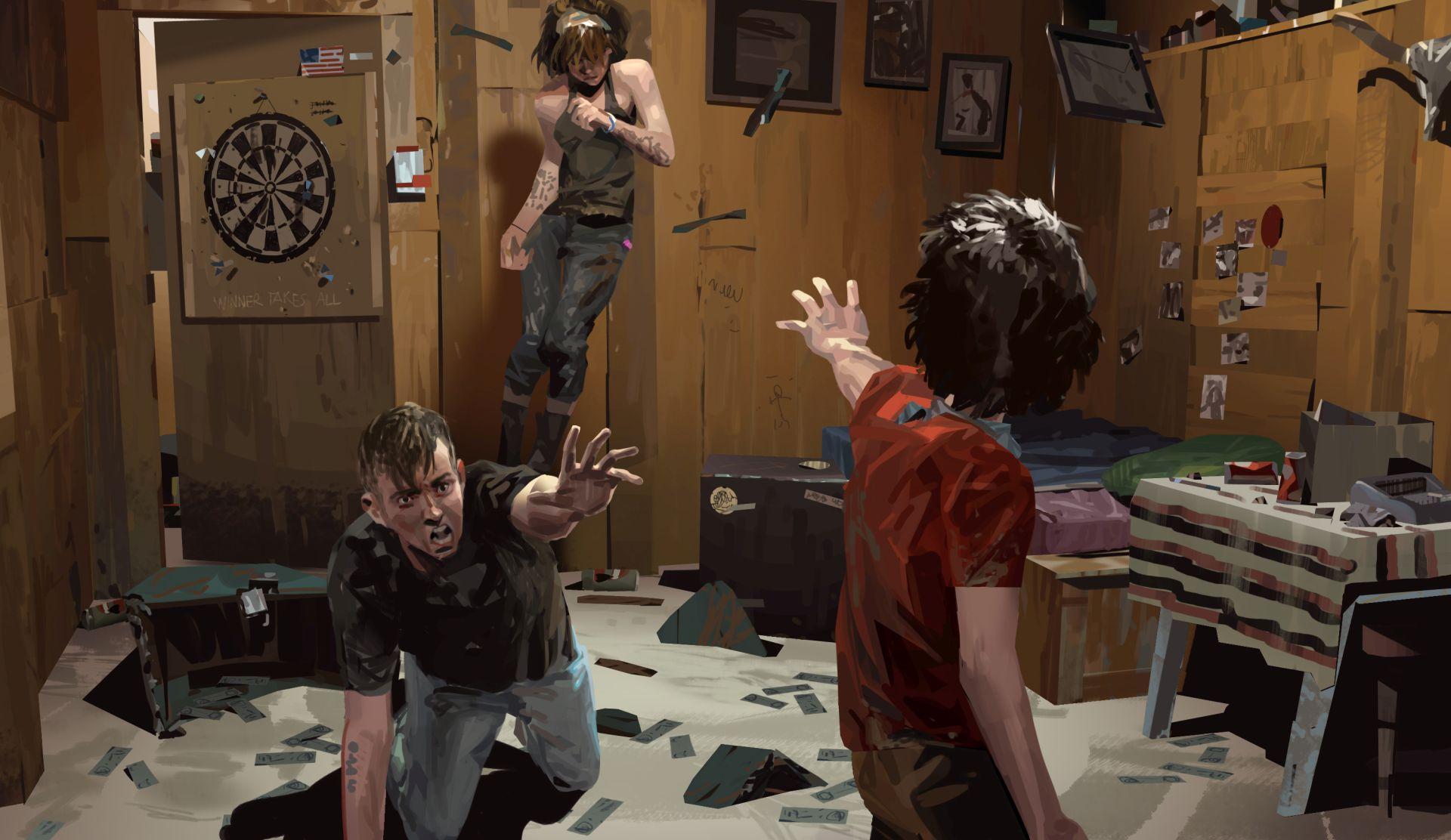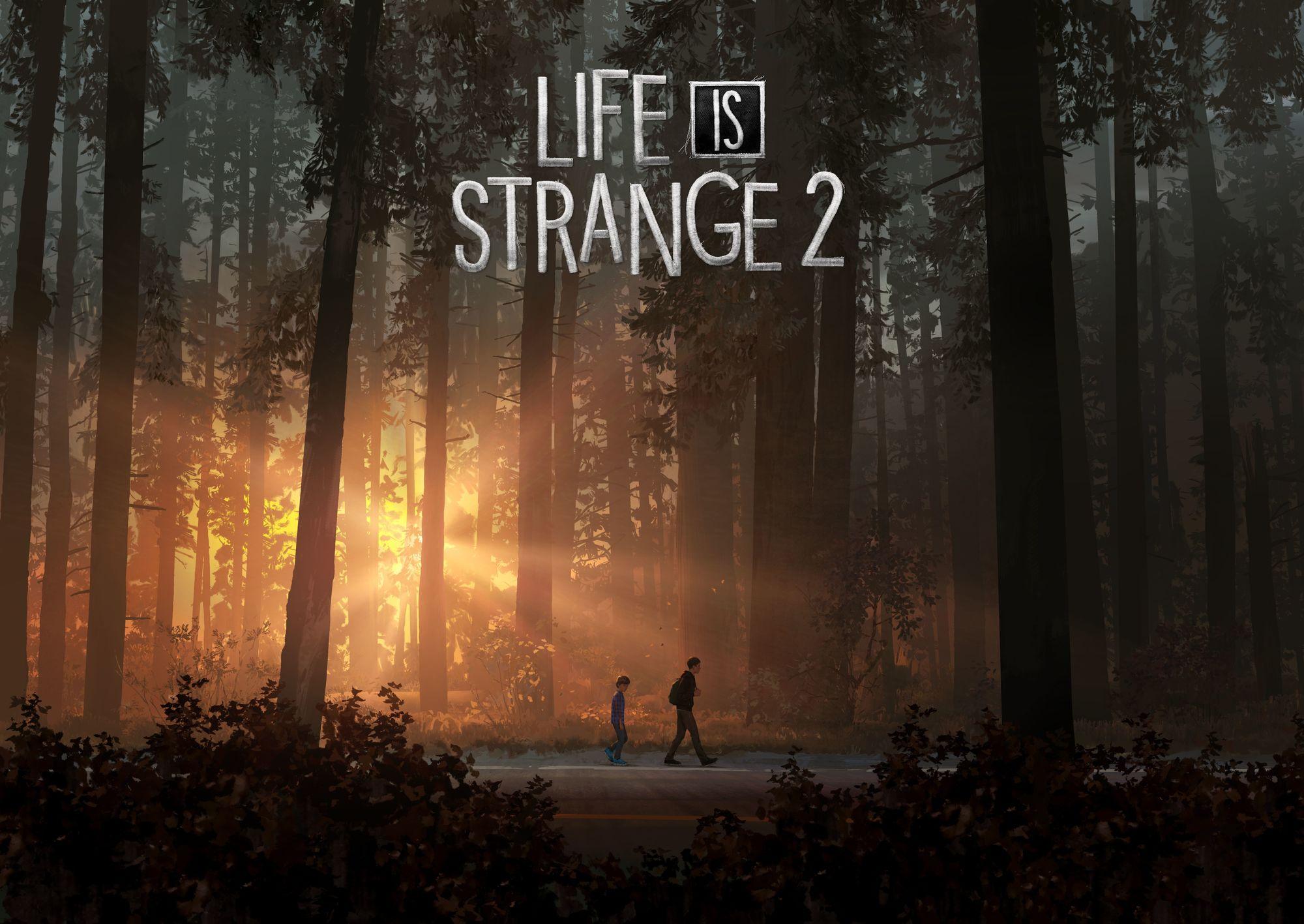This week, I played Life is Strange 2. 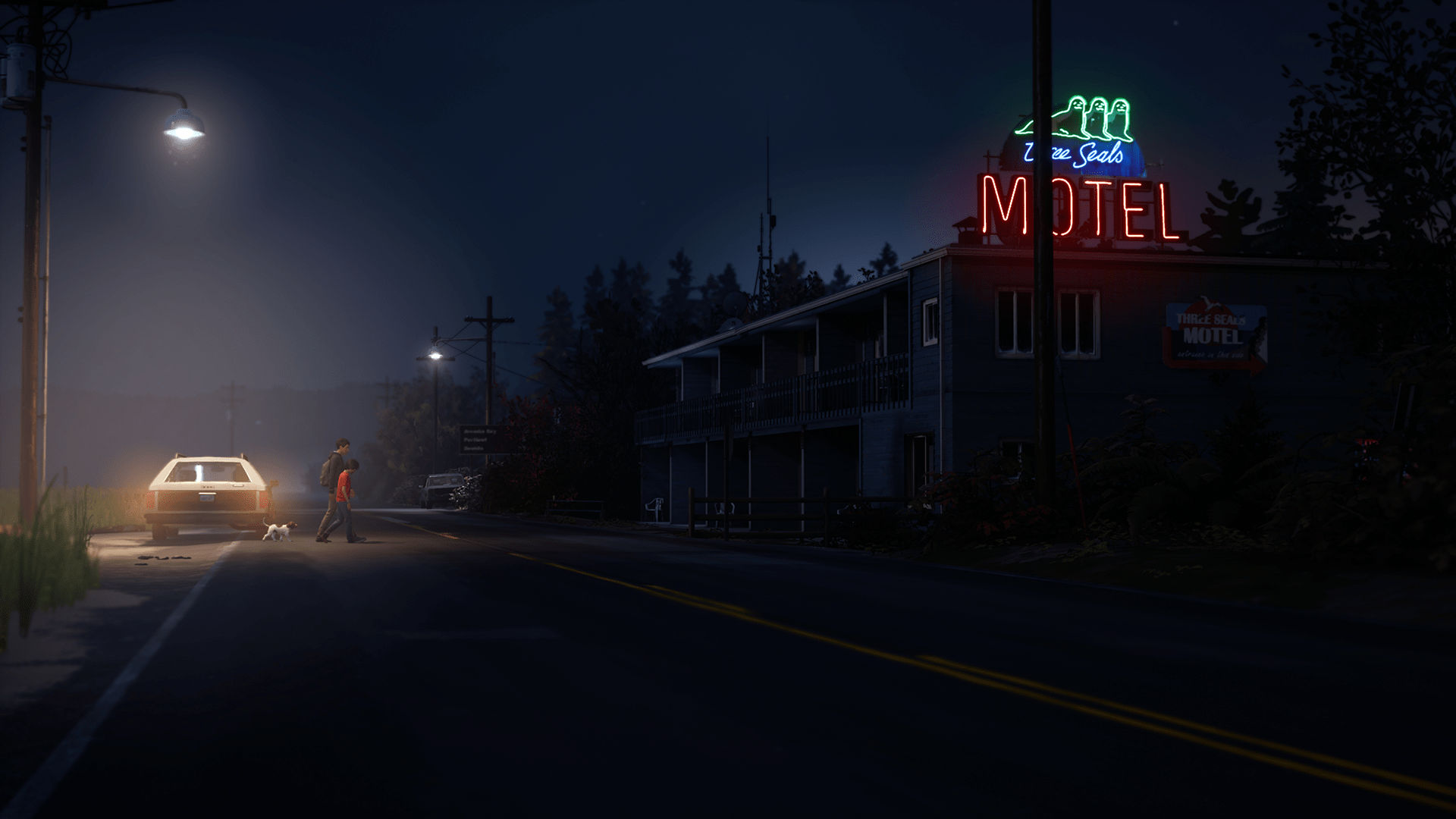
Creator: Dontnod Entertainment and published by Square Enix
Platforms: PC, XBox One, Play Station, MacOS
Launch Date: September, 2018
Rating: M for Mature with a recommended age restriction of 17+. The game contains depictions of violence, strong language and use of alcohol and other hard drugs.
Target Audience: The game is aimed at players who enjoy both a narrative game play and the thrill that comes with dissecting and solving mysteries.
Synopsis: The game is centered around Sean and Daniel Diaz, two brothers who, after a fateful accident, run away from Seattle to Mexico. The brothers have to evade and stay ahead of US authorities who are hot on their heels, while navigating ever-changing weather, dangerous people and other challenges along the way. As this is also a narrative game, the players make choices along the journey that impact the flow and outcome of the adventure.
Formal Elements: The characters in this game are pretty key to the gameplay and storyline, especially as the player controls Sean, one of the two brothers, and making choices on his behalf. An interesting mechanic within this game is the relationship between Sean and Daniel, in the sense that an indirect objective of the game is to nourish and maintain the relationship between the two brothers, as this affects the ending of the game. The aesthetics of the game, especially the audio and visual design, are crucial in creating an immersive experience. The graphics of the game are mostly at night, are centered around nature and more so forests, and have a sort of “cabin in the woods” feel to it. The lighting is mostly dark, with a lot of neon colors adding in a bit of ambience and creating an old-timey/slightly rural night-time feel. The background music also switches around from eerie to a more cinematic sound, and there are a lot of details in the ambient sound design such as branches cracking, which all serve to immerse the player even more.
Types of Fun: Narrative is a key part of the game play, as the story line behind Life is Strange provides context for the game, and is crucial for developing the plot, characters and even the choices that the player eventually makes. If anything, having the player make certain choices that influence the game play really drives the importance of narrative in this game.
Fantasy is explored through different characters having special abilities and this is achieved really well through powers like reading minds, which allows the player to explore dimensions that they can’t in reality.
The game also uses discovery to drive a sense of mystery into the game. Through deducing clues, being suspicious of different characters and sussing out their motives, exploring the game world and collecting clues along the way, we effectively develop a sense of suspicion, and there is an air of curiosity that surrounds every aspect of the game.
Epic Successes, Failures, Points of Improvement: I particularly liked how the game explored tougher themes such as racism and police brutality in a way that was engaging, realistic and thought provoking. Like in episode 2, Daniel encounters a group of white supremacists who speak to him in a degrading manner, and we see his struggle of internalizing the words and beliefs that were thrown at him. Right from the beginning we also see members of the police being especially suspicious and sometimes outright targeting the two brothers because of their race. I like how these issues are threaded into the game, and that they push the player to engage with them as the user is directly affected by a lot of the biased comments and actions within the game. I do think the pacing of the game could improve, as there are some general conversations or plot lines that aren’t necessarily leading up to anything that’s relevant to the game objective (too successfully evade the police and safely make it to Mexico), but they do drag on for a bit of time. Something that the game could improve on is to add warnings regarding sensitive/triggering topics, especially in the specific episodes that occur. Currently there is an overall warning at the beginning of the game, but this doesn’t get too detailed, and considering the game is multi-chaptered, is easily forgotten as the gameplay progresses.
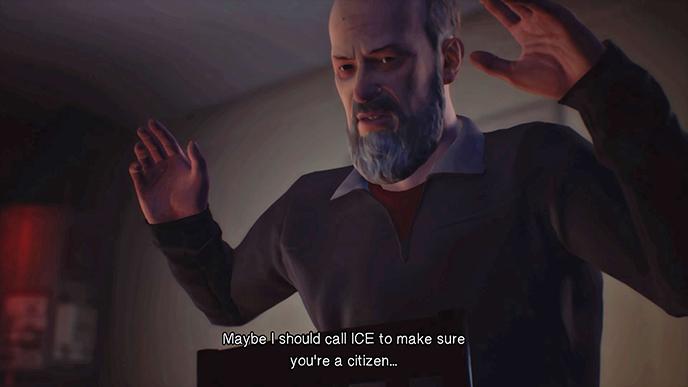
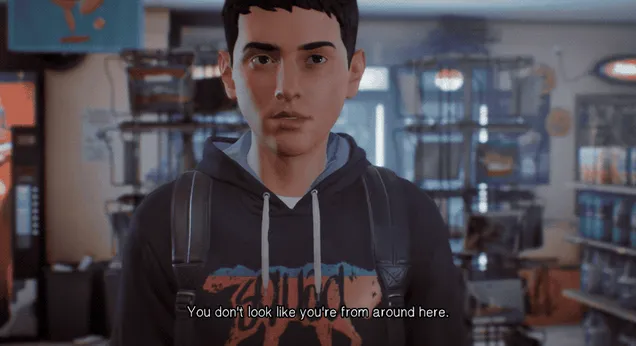
The game generally has multiple mini-stories, where each episode is a loop in the brothers’ journey to mexico. The loops each have their own setting, new or return characters, and are interconnected through the overarching arc of the brothers’ journey to cross the border and escape the police. Each individual loop also has its own challenges and puzzles to complete, as well as choices to make, before one is able to proceed to the next one. The mechanic of dialogue is crucial in deciphering clues, getting hints and even in decision making, and this is true across the various loops and in the game as a whole, as these actions and decisions impact the result of the game. Overall, Life is Strange 2 was an engaging, well designed, and immersive experience that teased my brain, both through its puzzles and mysteries, as well as the social issues that ran through this game.
